I felt my lungs inflate with the onrush of scenery—air, mountains, trees, people.
I thought, ‘This is what it is to be happy.’ – Sylvia Plath, writer, in The Bell Jar (1963)
Travelling through parts of Southeast Ireland recently the beauty of the landscape, with its mountains and plains, lakes and streams, sea and sand, spoke of a surprising presence and personality of its own. While stepping outside the hustle and bustle of life, pausing to absorb some of the surrounding beauty, silence and stillness, I felt nourished by the whisper of the stories and secrets of this natural abundant ancient beauty and encircled by the amazing wonders that surrounded me.
It is known that the landscape is the first born of all creations, prior to everything that we know. Imagination speaks of it belonging to no one, but mostly to itself with its vast pre-human memory. Everything of course depends on whether we see landscape as dead matter or a living presence. Because there is life in the mountains, in the rocks and boulders, in the landscape, there is memory.
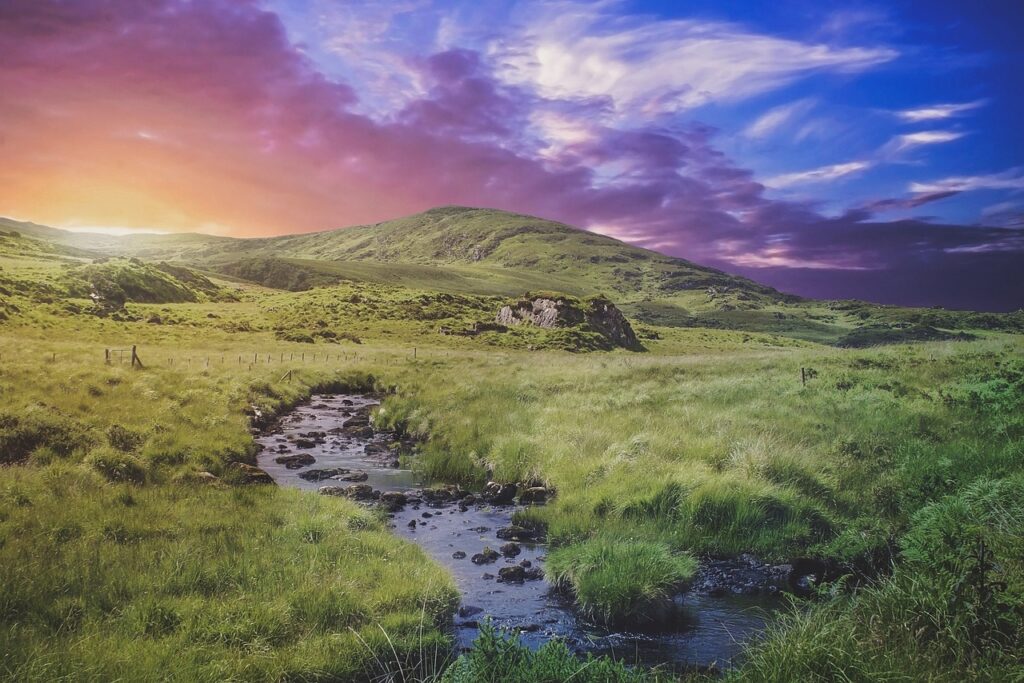
Everything of course depends on whether we see landscape as dead matter or a living presence. Because there is life in the mountains, in the rocks and boulders, in the landscape, there is memory. Within our beings we can sense a presence that is hidden from the eye. Miracles abound. Flowers laugh themselves into kaleidoscopes of joy as they flash their beauty, birds glide and make music in freedom, interspersed with the melody of sounds. Nothing is completely isolated and alone with each needing the other for its sustenance and wellbeing. Whispering ‘thank you’ and knowing that the landscape, this sanctuary of restfulness, a graced place, helps define the self-image of the people who inhabit it.
“Let me, O let me bathe my soul in colors: let me swallow the sunset and drink the rainbow” (Kahlil Gibran)
Sadly, current reality presents a darker truth: How long can we enjoy the beauty of this landscape? Pollution of land, soil, waterways, beaches and seas, destroys multitudes of species. Natural disasters now occur with increasing severity, scope and impact. Sudden occurrences caused by environmental factors such as typhoons, storms, floods, droughts, fires, heatwaves, all trigging decline in nature and biodiversity, not only destroying the landscape but affecting the poorest people of our world, our common home.
As we celebrate God’s creation, we remind ourselves that we share a communal call as co-creators. How can we embody hope at this time of global crisis? Change is only possible if we start now. Let us together sow hope, pray and act with creation.
Liz (Elizabeth) Hartigan, a Sister of Our Lady of the Missions (RNDM), now retired and living a semi active life in an aging community in Dublin Ireland, after spending over fifty years on mission outside her own country. She is an Educator with teacher training from Liverpool UK and Degrees in Psychology and Theology.
Apart from many years in schools, her ministry has taken her to work with adults with disabilities, pastoral ministry in prison and in parish. She has served the Congregation on Leadership Teams both internationally and locally and feels privileged to have experienced the hard-working missionary spirit of RNDM’s in many needy and difficult areas throughout the world. At present she is Province contact for “Care of Our Common Home” Congregational project as well as enjoying the services she gives in community and in the area.
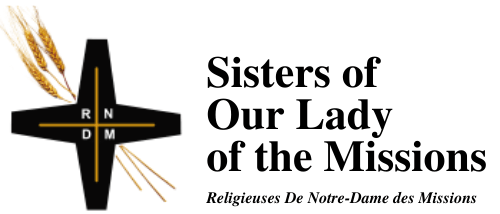
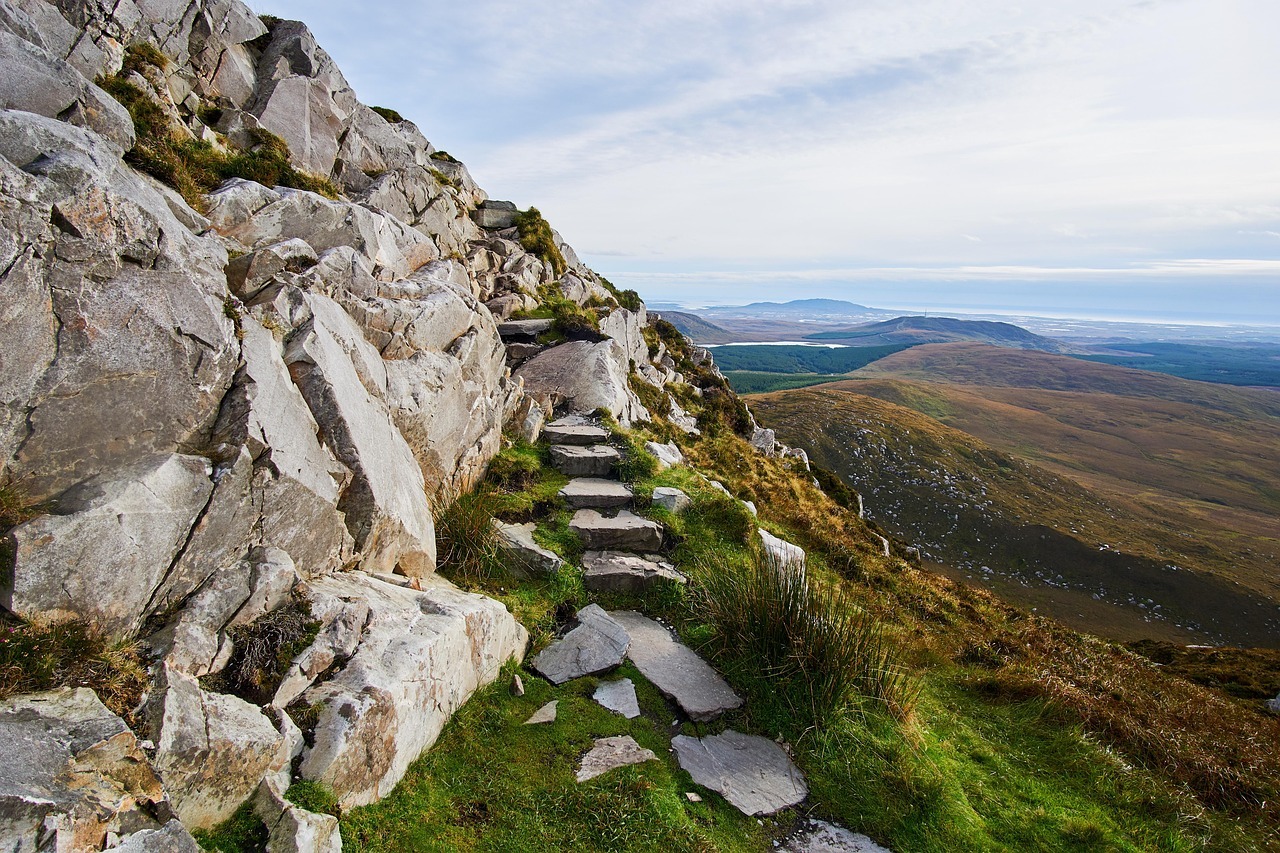

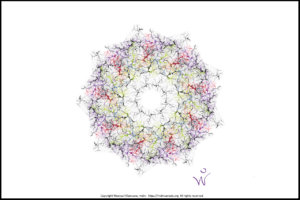
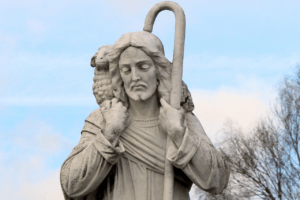
Welcome Liz! “The Solace of Fierce Landscapes” is the title of a book by Belden Lane. I think I loved the title as much as the book! I appreciate the relationship to landscapes as ancient ancestors, and your article reminds me of this gift and its beauty. Many thanks.
Thank you for your wonderful reflection, and for your rich metaphors.
I was particularly touched by your phrase: “Everything … depends on whether we see landscape as dead matter or a living presence. Because there is life in the mountains, in the rocks and boulders, in the landscape, there is memory.” This is a radical change of perspective which I am slowly discovering.
And your image of flowers that “laugh themselves into kaleidoscopes of joy” lifts my spirit each time I bring it to mind!